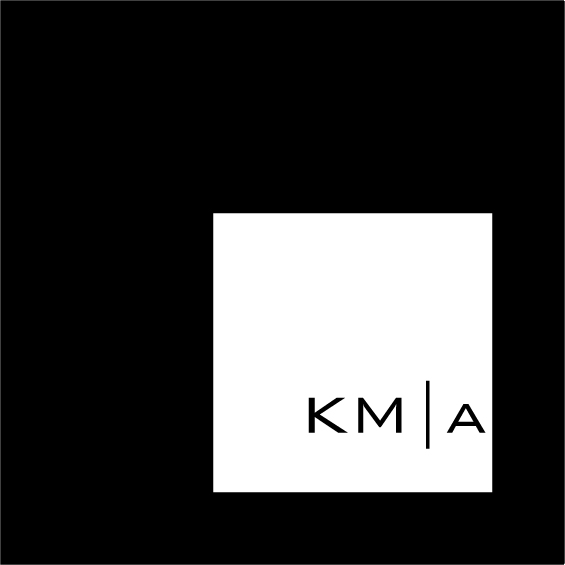A feature wall is a singular/specific wall that is differentiated by its location, material, and lighting. While sounding redundant, the feature wall will be a wall that is featured in the space. It should not be mistaken for simply a wall that differs slightly from the others.
Feature walls can be composed of wood, metal, tile, glass, stone, plants, or various other materials. These differentiated materials are typically applied to the surface of the wall. Adding a third dimension furthers its presence. A highly textured surface increases interest and appeals to the tactile senses. Furthermore, separating the wall from its surrounding surfaces by either extracting or extruding the planar surfaces of the wall greatly adds definition. This can be achieved by pushing or pulling the surface of the feature wall in or out from the other surrounding surfaces. This break from other materials/surfaces around the wall emphasizes the feature wall, adds distinction, and promotes the wall as a separate stand-alone aesthetic element.
The wall should provide enough contrast and differentiation to be special in its own right. It should not need any other decoration. For example, there is nothing wrong with hanging artwork on a wall. But doing so on a feature wall emphasizes the artwork and the wall simply becomes subordinate to the art. Often, both the art and the feature wall compete for your interest. Both are detractions and lessen the impact that each would have on their own.
A beautiful example of a feature wall. The board formed concrete makes a bold statement. The material is very textural, spiking curiosity and asking to be touched. The wall is pulled away from the floor and separated by stones. While the floor is also concrete, the wall is distinctly different. The up lighting highlights the wall and further emphasizes its significance.
The location of the wall should be carefully considered. How will the wall be viewed as you enter and circulate through the space. When you are in this space, how does the feature wall present itself. Is the wall in your natural line of sight or do you have to turn to view it? And will it stay in your line of sight while you are in the space? The location chosen should be a specific and deliberate point of view. The wall should capture your attention, draw you to it, and make you question its composition. Keep in mind that the location of the wall is not limited to interior spaces. Feature walls make great additions to exterior spaces.
How is the wall lit? How does the wall appear at night versus the day? Is the wall appropriately lit to highlight its significance? The wall should be specifically illuminated to, once again, differentiate itself. How does the sun strike the wall in the daylight (or moon light at night)?
Below is the feature wall in the Skyline Drive Project. This wall is located in the Living Room, just off the Entry. As you enter the residence, the wall is to your immediate right. The Kitchen and Family Room are straight ahead. However, the feature wall pulls you into the Living Room. While sitting in the Living Room, the wall is front and center.
The wall contains three visual elements.
Fireplace: The fireplace is housed within this wall. It is a simple 48" linear unit (Napoleon LHD50).
Stone: The surround and floating hearth is honed Carrara Marble.
Wood: The pattern itself is wood (clear Douglas Fir) and painted a dark gray (Benjamin Moore-Wrought Iron).
All of the materials contrast nicely, individually highlighting each other. The dark gray wood and the mostly white marble are complementary. Together, they produce a bold and striking visual. The fireplace is simple and its black frame does not distract from the wood and stone.
During the day, the wall receives light from two sources. Natural light comes in from windows to the south about 15 feet away. The wall is also lit from above by skylights. The dark gray wall accentuates the lighting from above. When natural light in absent, there are lights located above, below the skylights, just out of the line of sight.
While the wall is textural in its construction. The ceiling is pulled away from it, the hearth intersects the wall and moves through it. And finally, the wood pattern wraps around the wall, all reinforcing the three dimensionality of the wall.
The construction of the wall is simply an alternating pattern of 1x2 clear Douglas fir. A flat 1x2 is followed by a 1x2 that is on edge. This pattern repeats up the face of the wall. It wraps around the wall in the horizontal direction and around the hearth in the vertical direction. (The vertical row of square holes in the wall are HVAC vents).

